Home>Gardening & Outdoor>Landscaping Ideas>How To Get Rid Of Grass In Rust
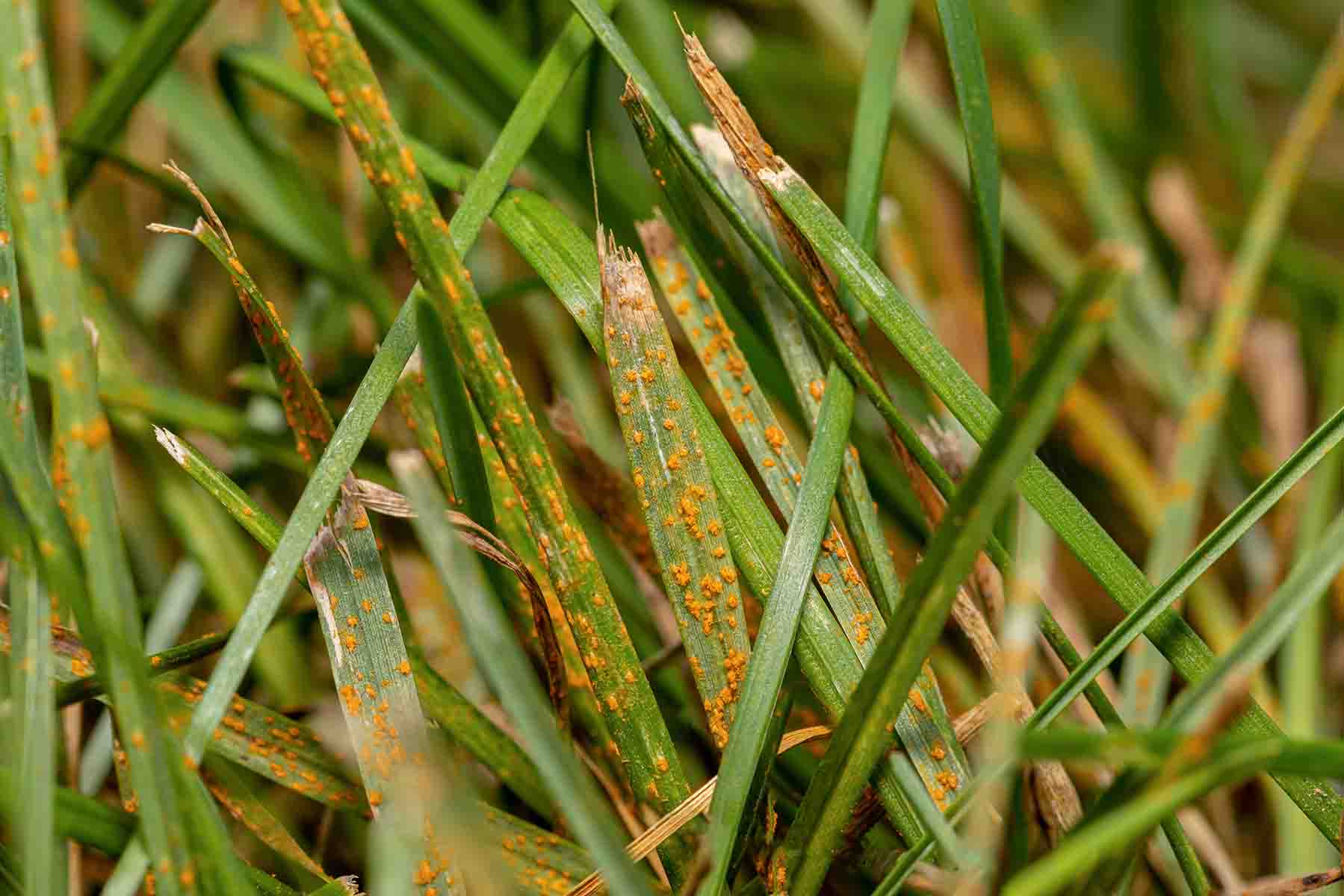

Landscaping Ideas
How To Get Rid Of Grass In Rust
Modified: March 27, 2024
Learn effective landscaping ideas to eliminate grass in your rust-infested yard. Discover expert tips for reviving your outdoor space.
(Many of the links in this article redirect to a specific reviewed product. Your purchase of these products through affiliate links helps to generate commission for Storables.com, at no extra cost. Learn more)
Introduction
When it comes to maintaining a pristine and rust-free landscape, the presence of grass can often pose a challenge. While grass is typically revered for its lush green appearance and role in enhancing the aesthetic appeal of outdoor spaces, it can become a nuisance in rust-prone areas. The accumulation of moisture and organic matter within the grass can expedite the rusting process, leading to unsightly blemishes on metal surfaces.
In this comprehensive guide, we will delve into the intricate relationship between grass and rust, exploring effective strategies for eradicating grass in rust-prone environments. Whether you are contending with rust on metal furniture, fences, or other surfaces, understanding how to manage and eliminate grass is pivotal in preventing rust formation.
Join us as we navigate through the nuances of grass control, from identifying various grass types to implementing natural and chemical removal techniques. By the end of this journey, you will be equipped with the knowledge and insights needed to maintain a grass-free environment in rust-prone areas, safeguarding your outdoor fixtures from the perils of corrosion.
Key Takeaways:
- Grass can accelerate rust on metal surfaces by trapping moisture and organic debris. Identifying and removing specific grass types is crucial for preventing corrosion and preserving outdoor fixtures.
- Using natural methods like mulch and competitive plant species, along with responsible chemical treatments, can help maintain a grass-free environment in rust-prone areas. Ongoing maintenance and community involvement are essential for long-term rust prevention.
Read more: How To Get Rid Of Rust Stains In Sink
Understanding the Impact of Grass on Rust
Grass, while visually appealing and ecologically beneficial in many contexts, can have a detrimental impact on metal surfaces in rust-prone environments. The presence of grass contributes to the retention of moisture, creating a conducive environment for rust formation. When grass clippings, leaves, and other organic debris accumulate on metal surfaces, they trap moisture and promote the oxidation process, accelerating the development of rust.
Furthermore, the acidity of decaying organic matter can exacerbate the corrosion of metal, hastening the degradation of surfaces such as iron, steel, and other susceptible materials. In addition to moisture retention, grass can also impede proper airflow around metal fixtures, hindering the evaporation of moisture and prolonging the contact between metal and potentially corrosive elements.
It is essential to recognize that the impact of grass on rust extends beyond its physical presence. The chemical composition of some grass species can introduce compounds that interact with metal surfaces, catalyzing corrosion and compromising the structural integrity of outdoor fixtures. Understanding these dynamics is crucial in formulating effective strategies for grass control and rust prevention.
By comprehending the interplay between grass and rust, individuals can proactively address the underlying factors that contribute to corrosion. Through targeted grass management and removal, it is possible to mitigate the adverse effects of grass on metal surfaces, preserving the longevity and visual appeal of outdoor fixtures in rust-prone settings.
Identifying the Types of Grass in Rust
Before embarking on a journey to eliminate grass in rust-prone areas, it is imperative to familiarize oneself with the various types of grass that may be prevalent in such environments. Different grass species exhibit distinct growth patterns, root structures, and resilience, necessitating a nuanced approach to grass management and eradication.
Common grass varieties encountered in rust-prone settings include Kentucky bluegrass, perennial ryegrass, fine fescue, and tall fescue, among others. Each type of grass possesses unique characteristics that influence its propensity to retain moisture and organic debris, thereby impacting the potential for rust formation on adjacent metal surfaces.
Furthermore, understanding the growth habits and seasonal dynamics of different grass species is instrumental in devising a targeted strategy for grass control. Some grasses may exhibit aggressive growth tendencies, rapidly spreading and encroaching upon metal fixtures, while others may demonstrate resilience in the face of adverse environmental conditions, necessitating more comprehensive removal methods.
By discerning the specific types of grass present in rust-prone areas, individuals can tailor their approach to grass eradication, selecting the most effective techniques and products for mitigating the impact of grass on rust formation. This informed approach not only enhances the efficiency of grass removal efforts but also minimizes the likelihood of regrowth and reinfestation, fostering a durable and rust-resistant outdoor environment.
Techniques for Removing Grass in Rust
Effectively removing grass in rust-prone areas requires a multifaceted approach that addresses both the visible vegetation and the underlying root systems. By employing a combination of manual, mechanical, and chemical techniques, individuals can achieve comprehensive grass eradication, laying the foundation for rust prevention and control.
Manual removal involves physically uprooting grass and its surrounding soil, often utilizing hand tools such as shovels, trowels, and hoes. This method is particularly effective for targeting isolated patches of grass and preventing their regrowth. However, it may be labor-intensive and time-consuming, especially in larger outdoor spaces.
Mechanical removal techniques, such as using power tillers or sod cutters, offer a more efficient means of eliminating grass over expansive areas. These tools can swiftly penetrate the soil, uprooting grass and disrupting its growth patterns. Mechanical removal is advantageous for preparing the ground for alternative landscaping options, facilitating the transition to a grass-free environment in rust-prone areas.
Chemical methods for removing grass in rust-prone settings involve the application of herbicides specifically formulated to target grass species. Selective herbicides can effectively suppress grass growth while minimizing the impact on surrounding vegetation, offering a precise and targeted approach to grass eradication. It is essential to adhere to safety guidelines and environmental regulations when utilizing chemical treatments, ensuring responsible and effective grass control.
By integrating these diverse techniques, individuals can tailor their approach to grass removal based on the scale of the task, the specific grass species present, and the desired timeline for transitioning to a rust-resistant landscape. Implementing a strategic combination of manual, mechanical, and chemical methods empowers individuals to effectively eliminate grass in rust-prone areas, setting the stage for sustained rust prevention and management.
To get rid of grass in Rust, use a tool like a hatchet or pickaxe to harvest the grass. You can also use a tool like a lawnmower or scythe to clear larger areas of grass more quickly.
Natural Methods for Controlling Grass in Rust
For individuals seeking environmentally friendly and sustainable approaches to grass control in rust-prone environments, natural methods offer effective alternatives to chemical interventions. Embracing natural solutions not only minimizes the ecological impact but also fosters a harmonious balance within outdoor spaces, promoting the coexistence of vegetation and metal fixtures while mitigating the risk of rust formation.
One prevalent natural method for grass control involves the application of mulch or organic ground cover. By layering the soil with materials such as wood chips, straw, or bark, individuals can create a barrier that inhibits grass growth and minimizes moisture retention. This approach not only suppresses grass but also enriches the soil, fostering a conducive environment for alternative landscaping options.
Introducing competitive plant species, such as dense ground covers or native shrubs, can outcompete grass and impede its growth, creating a natural deterrent to grass encroachment in rust-prone areas. Selecting vegetation that thrives in the local climate and soil conditions enhances the resilience of the landscape, reducing the need for extensive grass removal and maintenance.
Furthermore, embracing sustainable landscaping practices, such as xeriscaping and water-efficient irrigation systems, can diminish the proliferation of grass by minimizing water availability. By optimizing water usage and promoting drought-tolerant flora, individuals can curtail the expansion of grass in rust-prone settings, mitigating the risk of moisture accumulation and rust formation on metal surfaces.
Emphasizing natural methods for grass control not only aligns with eco-conscious principles but also cultivates a vibrant and resilient outdoor environment. By harnessing the inherent dynamics of the natural world, individuals can effectively manage grass growth in rust-prone areas, fostering a sustainable and visually appealing landscape while safeguarding metal fixtures from the perils of corrosion.
Read more: How To Get Rust Off Patio
Chemical Methods for Controlling Grass in Rust
Chemical methods offer a targeted and efficient approach to grass control in rust-prone environments, providing individuals with a diverse array of herbicidal options to suppress grass growth and facilitate rust prevention. When employed responsibly and in accordance with environmental regulations, chemical treatments can effectively mitigate the impact of grass on metal surfaces, fostering a durable and rust-resistant outdoor landscape.
Selective herbicides formulated to target specific grass species offer precision in grass control, suppressing unwanted vegetation while minimizing the impact on surrounding flora. By adhering to application guidelines and considering factors such as soil composition and weather conditions, individuals can harness the efficacy of selective herbicides to curtail grass growth in rust-prone areas.
Non-selective herbicides, while more broad-spectrum in their action, can provide a comprehensive solution for eradicating grass over expansive outdoor spaces. These treatments are particularly effective for preparing the ground for alternative landscaping options, facilitating the transition to a grass-free environment in rust-prone settings.
Pre-emergent herbicides, designed to inhibit the germination of grass seeds, can proactively impede the establishment of new grass growth, complementing post-emergent treatments to achieve sustained grass control. By disrupting the reproductive cycle of grass species, pre-emergent herbicides offer long-term efficacy in preventing the encroachment of grass in rust-prone environments.
It is paramount to prioritize safety and environmental responsibility when utilizing chemical methods for grass control. Adhering to recommended application rates, ensuring proper storage and disposal of herbicidal products, and considering alternative approaches where feasible are essential considerations in promoting the responsible use of chemical treatments for grass eradication.
By integrating targeted chemical methods into a comprehensive grass control strategy, individuals can effectively manage vegetation in rust-prone areas, laying the groundwork for sustained rust prevention and the preservation of metal fixtures in outdoor settings.
Maintaining a Grass-Free Environment in Rust
Establishing and preserving a grass-free environment in rust-prone areas necessitates ongoing vigilance and proactive maintenance practices. By implementing a combination of preventive measures and strategic landscaping techniques, individuals can sustain a rust-resistant outdoor landscape, safeguarding metal fixtures from the detrimental effects of grass accumulation and moisture retention.
Regular inspection and maintenance of outdoor spaces are pivotal in identifying and addressing any resurgence of grass growth. By promptly addressing isolated patches of grass and preventing their proliferation, individuals can maintain a grass-free environment and mitigate the risk of rust formation on metal surfaces.
Implementing alternative landscaping options, such as gravel pathways, native plantings, or hardscape features, can minimize the prevalence of grass in rust-prone settings while enhancing the visual appeal and functionality of outdoor spaces. These alternative elements not only reduce the need for extensive grass removal but also contribute to a durable and low-maintenance landscape.
Adopting sustainable landscaping practices, including water-efficient irrigation, soil amendment, and mulching, can optimize the resilience of the outdoor environment, diminishing the likelihood of grass encroachment and moisture accumulation. By nurturing a balanced and thriving ecosystem, individuals can fortify the landscape against the adverse effects of grass on rust formation.
Furthermore, fostering awareness of rust prevention and grass control among community members and stakeholders can cultivate a shared commitment to preserving rust-resistant outdoor environments. By engaging in dialogue and collaboration, individuals can collectively contribute to the maintenance of grass-free spaces, promoting the longevity and aesthetic appeal of metal fixtures in rust-prone areas.
By integrating these proactive measures and sustainable practices, individuals can uphold a grass-free environment in rust-prone settings, fortifying the landscape against the perils of corrosion and preserving the integrity of metal fixtures. Through ongoing maintenance and strategic interventions, a rust-resistant outdoor environment can thrive, offering a resilient and visually captivating space for years to come.
Conclusion
As we conclude our exploration of grass control in rust-prone environments, it is evident that the interplay between vegetation and metal surfaces holds significant implications for rust formation and corrosion. By understanding the impact of grass on rust, identifying grass types, and implementing targeted removal techniques, individuals can proactively mitigate the risk of corrosion and preserve the visual appeal of outdoor fixtures.
Whether through natural methods, chemical treatments, or sustainable landscaping practices, the pursuit of a grass-free environment in rust-prone areas is a multifaceted endeavor that requires a holistic approach. By integrating preventive measures, ongoing maintenance, and community engagement, individuals can foster resilient and rust-resistant outdoor landscapes, safeguarding metal fixtures from the deleterious effects of grass accumulation and moisture retention.
It is essential to recognize that the management of grass in rust-prone settings is not merely a matter of aesthetics but a fundamental aspect of preserving the structural integrity and longevity of outdoor fixtures. Through informed decision-making and proactive interventions, individuals can cultivate a landscape that harmoniously balances vegetation and metal, mitigating the risk of corrosion and enhancing the durability of outdoor spaces.
As we embark on the journey to maintain grass-free environments in rust-prone areas, let us embrace the principles of sustainability, responsible stewardship, and continuous improvement. By nurturing landscapes that are resilient, visually captivating, and resistant to the perils of rust, we can create outdoor spaces that endure the test of time, enriching our lives and surroundings for generations to come.
Frequently Asked Questions about How To Get Rid Of Grass In Rust
Was this page helpful?
At Storables.com, we guarantee accurate and reliable information. Our content, validated by Expert Board Contributors, is crafted following stringent Editorial Policies. We're committed to providing you with well-researched, expert-backed insights for all your informational needs.









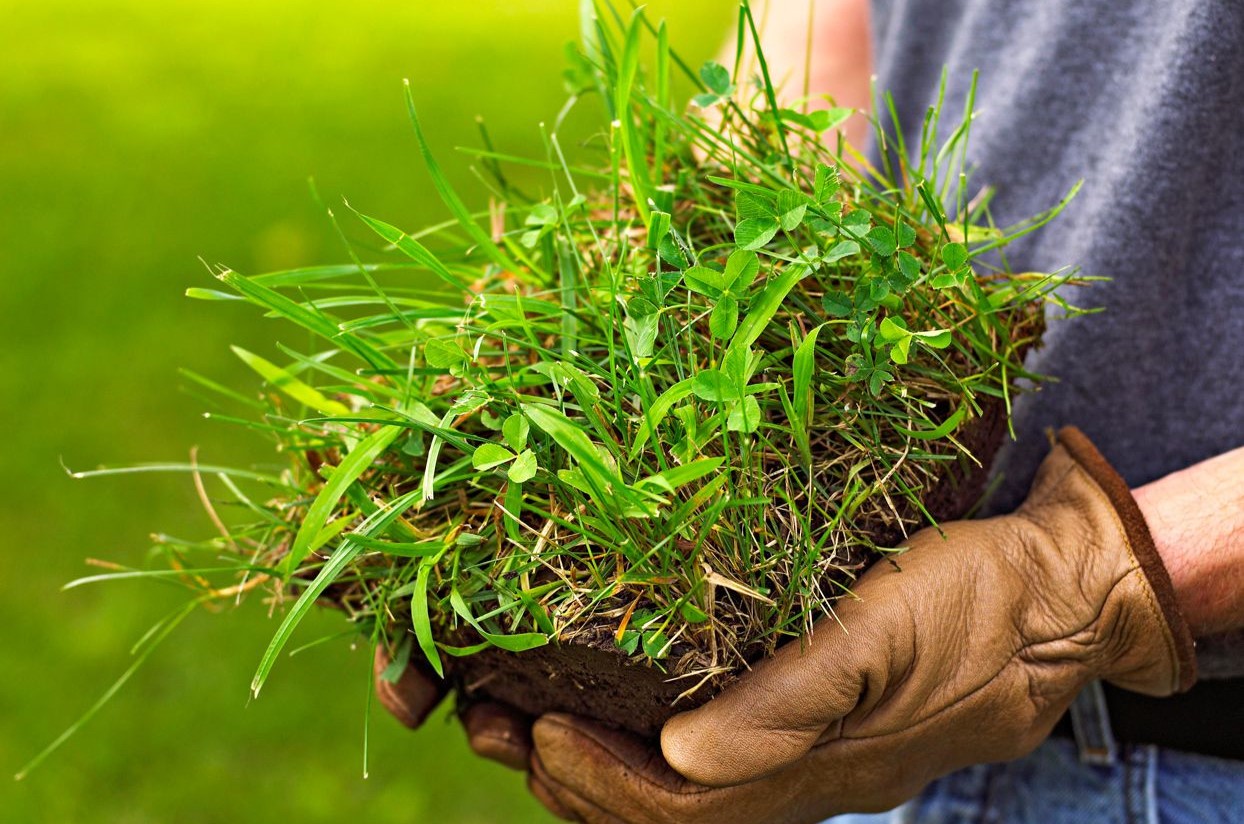
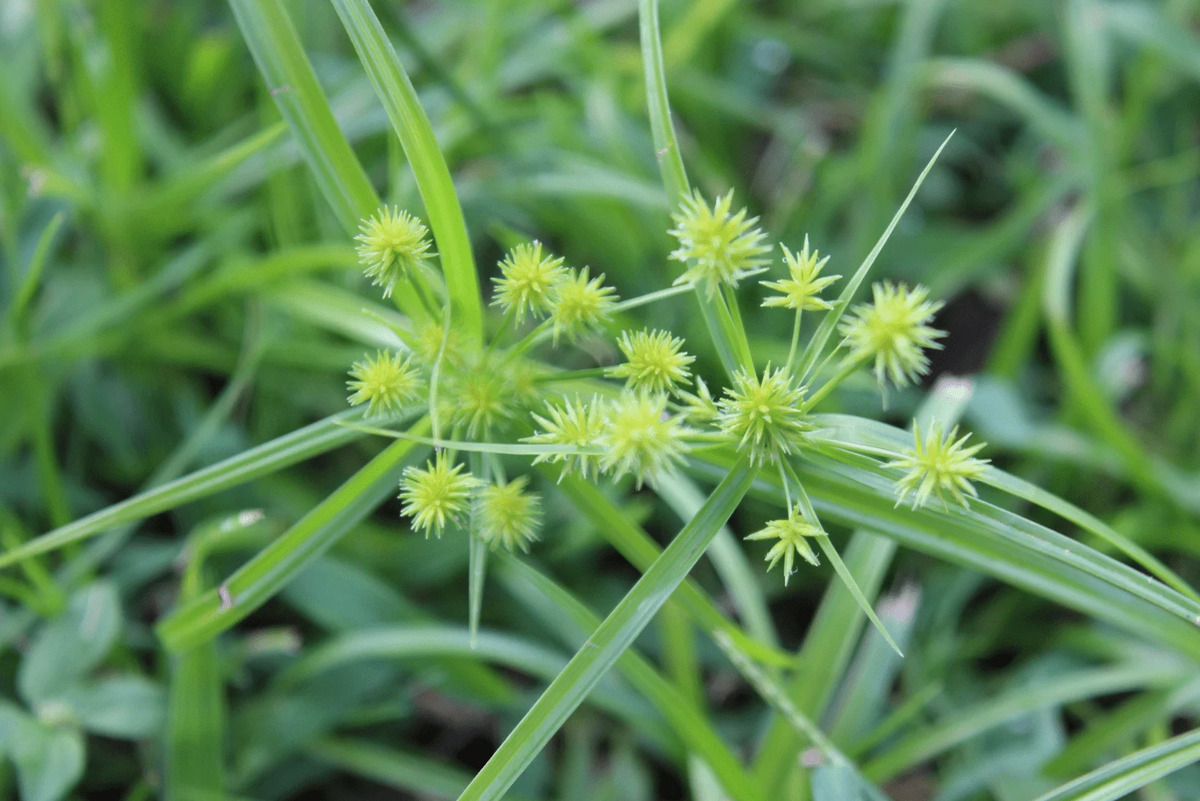
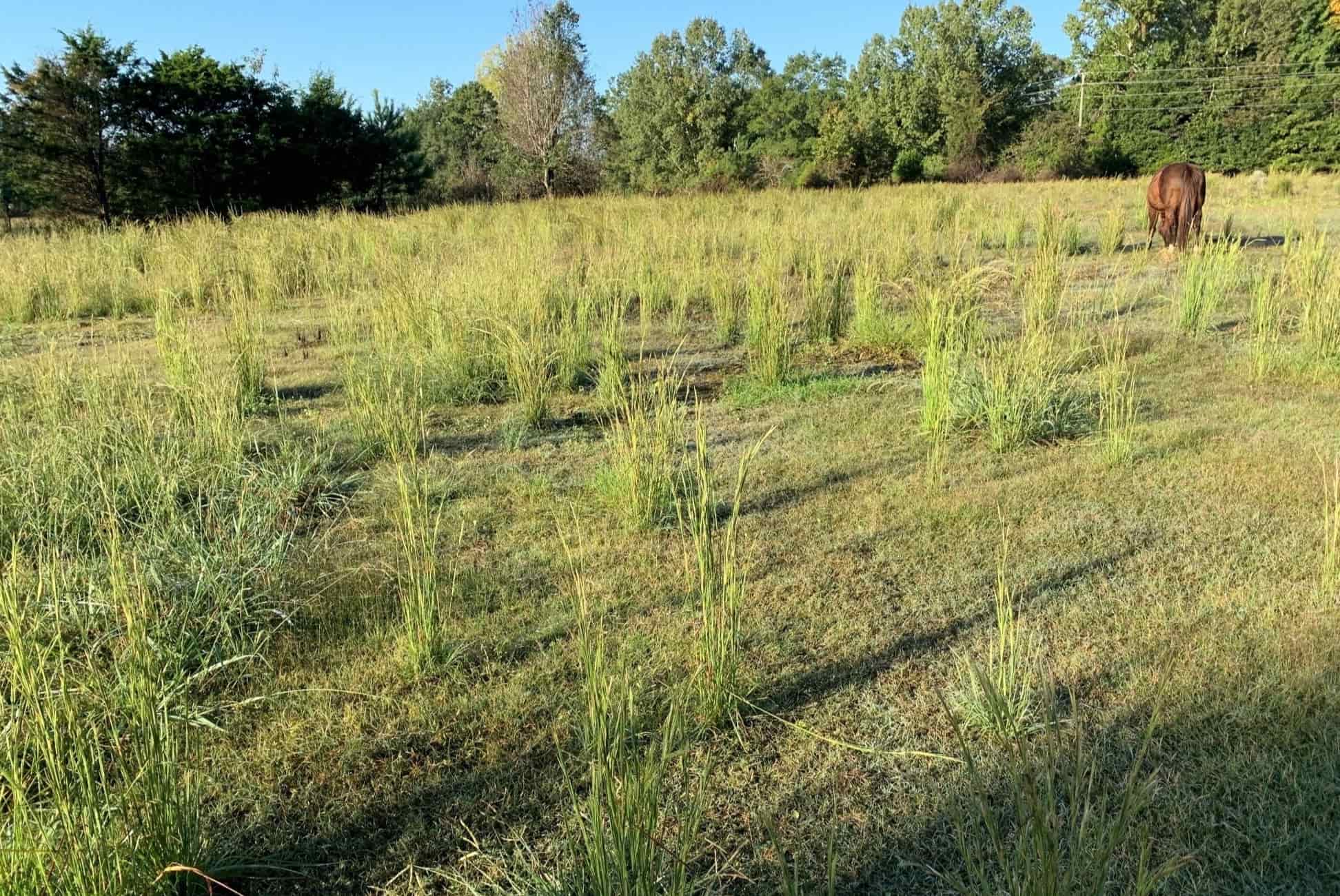
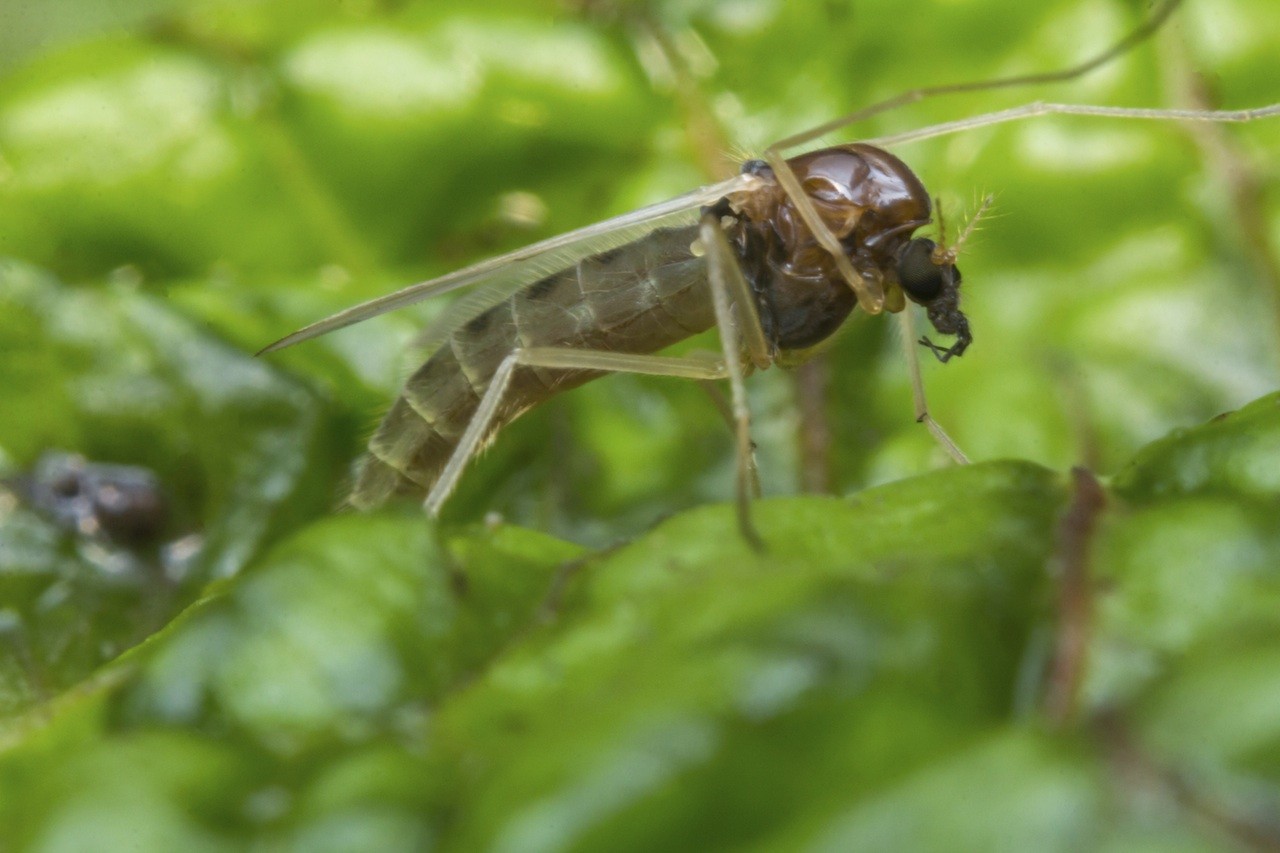
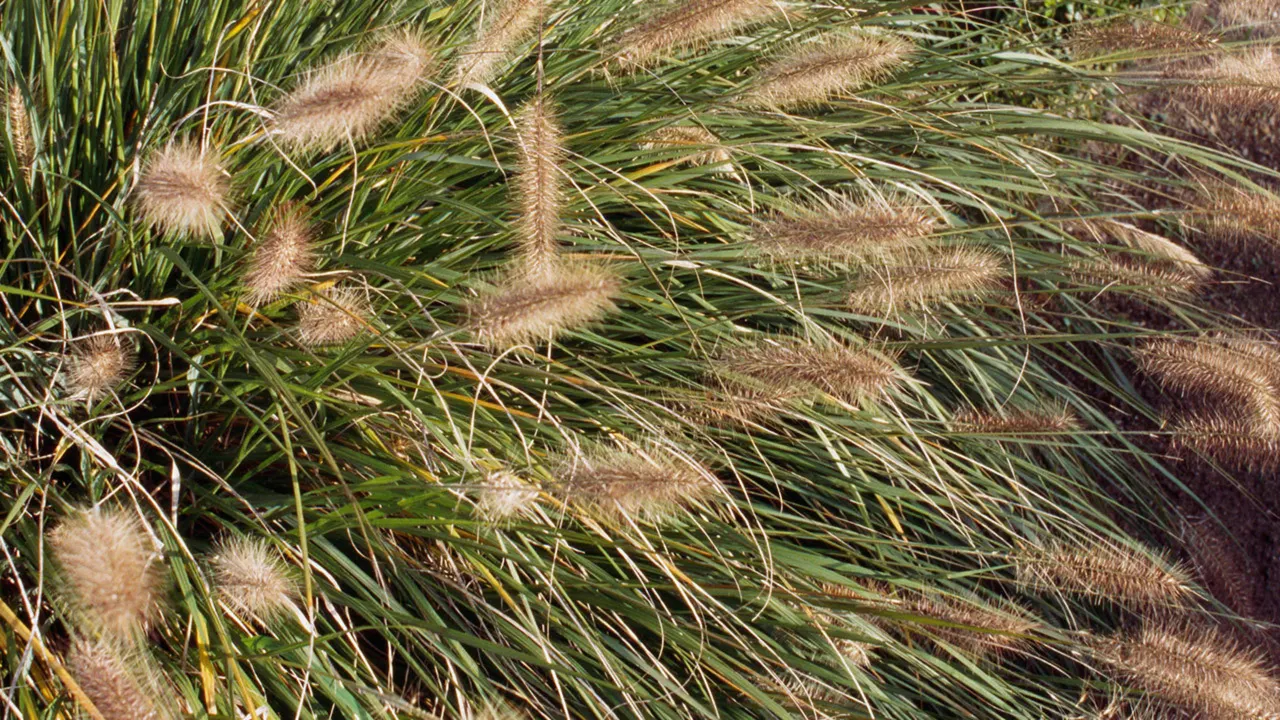

0 thoughts on “How To Get Rid Of Grass In Rust”